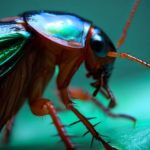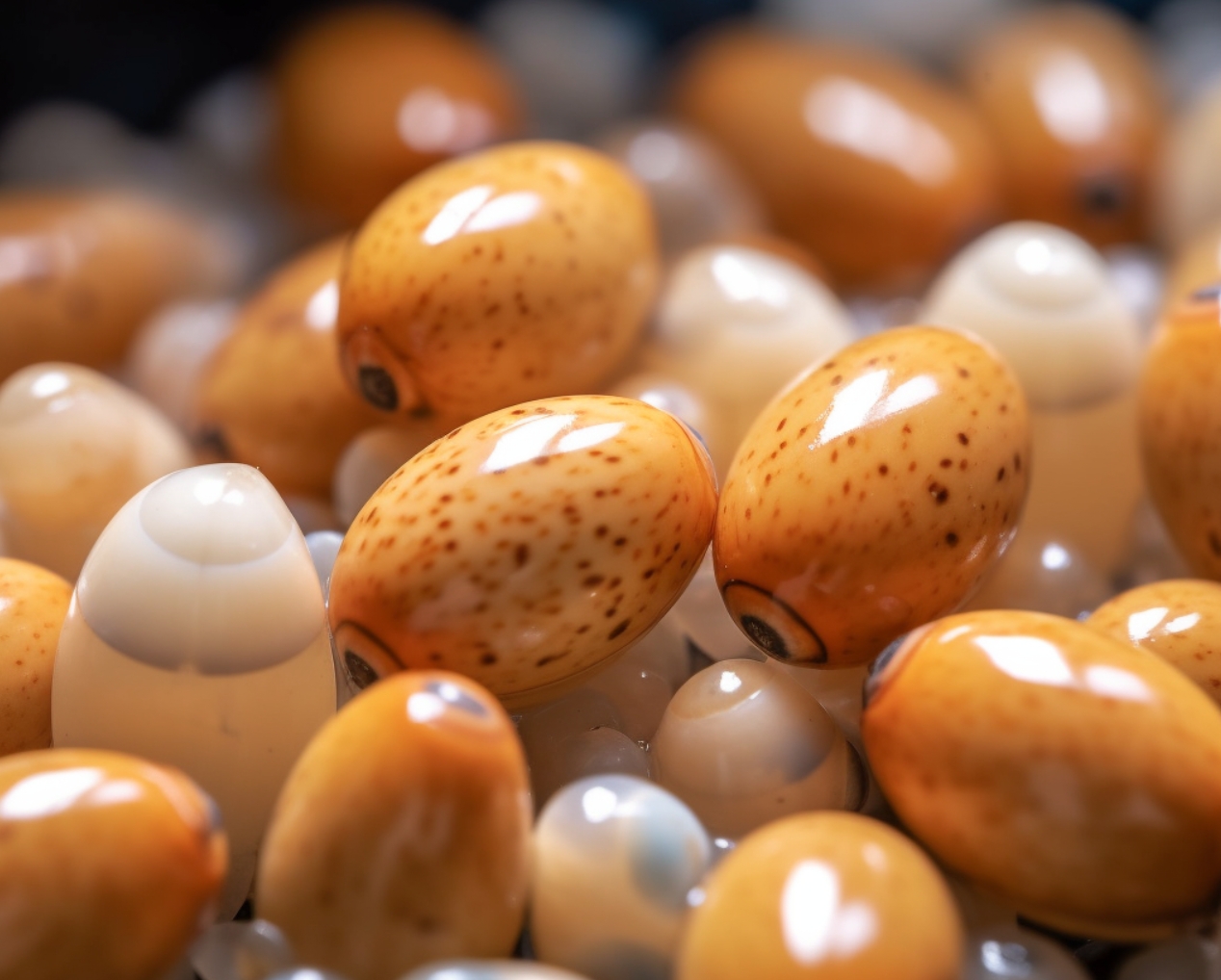Picture this: You’re enjoying a quiet evening at home when suddenly, you spot a big cockroach scurrying across your floor. Your heart races, and you’re left with a million questions. What kind of cockroach is it? How do you get rid of it? Are there more hiding in your home? In this comprehensive guide, we’ll tackle all these questions and more, providing you with the information you need to identify, prevent, and control these unwelcome pests.
Identifying Big Cockroaches
Contents
Cockroaches come in various shapes, sizes, and colors. Some of the most common big cockroaches you may encounter include the American cockroach, Australian cockroach, and Florida woods cockroach. While they may look similar, understanding the differences between these species is vital to effectively control and eliminate them.
1. American Cockroach
The American cockroach is the largest of the house-infesting roaches, measuring up to 1.5 inches in length. These reddish-brown insects are known for their distinct, yellowish figure-eight pattern on their head. They are capable of flying and are often found in warm, damp areas like sewers, basements, and kitchens.
2. Australian Cockroach
Slightly smaller than the American cockroach, the Australian cockroach measures about 1.25 inches in length. They have a dark brown or reddish-brown body with distinctive yellow markings on their wings and head. While they look similar to the American cockroach, the Australian variety has a more pronounced yellow border on its wings.
3. Florida Woods Cockroach
Also known as the palmetto bug, the Florida woods cockroach is a large, slow-moving insect that measures up to 1.2 inches long. They have a dark brown or black body and are incapable of flying. These roaches prefer damp, wooded areas and are commonly found in Florida and the southeastern United States.
Preventing Big Cockroaches
Preventing an infestation is always easier than dealing with one. Here are some key steps to help you keep these big cockroaches at bay:
- Seal entry points: Seal cracks and crevices around your home to prevent roaches from entering. Pay particular attention to areas near plumbing and electrical lines, as these pests often use them to travel between locations.
- Keep a clean home: Regularly clean your living spaces, focusing on areas where food and moisture may accumulate, such as kitchens and bathrooms. Ensure countertops are wiped down, dishes are washed promptly, and trash is removed regularly.
- Reduce moisture: Fix leaks and address moisture problems in your home. Use a dehumidifier to reduce humidity in damp areas like basements.
- Store food properly: Store food in sealed containers, and keep pet food in airtight bins. Dispose of any spoiled or expired food promptly.
Controlling Big Cockroaches
If you’ve discovered a big cockroach in your home, it’s time to take action. Here are some steps to help you eliminate these pests:
1. Identify the species
Before taking action, it’s crucial to identify the species of cockroach you’re dealing with. Understanding the specific cockroach you’re dealing with will help you choose the most effective treatment options.
2. Locate the nest
To effectively control a cockroach infestation, you must locate and treat the nest. Common nesting areas include dark, damp spaces like behind appliances, under sinks, and in wall voids. For more guidance on finding nests, check out this article.
3. Choose a treatment
Once you’ve identified the species and located the nest, it’s time to choose a treatment method. Some popular options include:
- Gel baits: Advion Cockroach Gel Bait is a popular and effective choice for many cockroach species. Apply the gel in small dots near the nest and other areas where you’ve seen roaches.
- Boric acid: Mixing boric acid with peanut butter creates a powerful bait that can help control cockroach populations. Place the bait near the nest and other high-traffic areas for roaches.
- Insecticide sprays: Roach sprays can provide quick knockdown of visible roaches, but may not be as effective at eliminating the entire infestation. Use sprays in conjunction with other treatment methods for the best results.
- Diatomaceous earth: Applying diatomaceous earth around the nest and other areas where roaches are present can help control infestations. This natural powder works by damaging the exoskeleton of the roach, causing it to dehydrate and die.
4. Monitor and re-treat if necessary
After applying your chosen treatment, monitor the situation closely. If you continue to see roaches after a few weeks, you may need to re-treat or consider trying a different treatment method. Additionally, don’t forget to maintain preventative measures to reduce the likelihood of future infestations.
5. Consult a professional
If your efforts to control the infestation are unsuccessful, it may be time to call in a professional. Pest control experts have the knowledge and tools necessary to effectively eliminate even the most stubborn infestations.
Bonus: Home Remedies and Interesting Facts
For those interested in exploring home remedies for roaches, this article offers a variety of options. Keep in mind that while some home remedies may provide temporary relief, they may not be as effective as professional-grade treatments in eliminating an infestation completely.
Did you know that shrimp and cockroaches are related? Or that cockroaches can live for weeks without their heads?
F.A.Q.
Q: Are big cockroaches dangerous?
A: While big cockroaches are not typically aggressive, they can carry and spread bacteria, such as Salmonella and E. coli, which can cause illnesses. Additionally, their shed skin and feces can trigger allergies and asthma in some people.
Q: How did I get big cockroaches in my home?
A: Big cockroaches can enter your home through cracks, crevices, or other openings, often in search of food, water, and shelter. They may also be inadvertently brought inside via grocery bags, boxes, or used furniture.
Q: Can big cockroaches fly?
A: Some big cockroaches, like the American and Australian cockroaches, are capable of flying, while others, like the Florida woods cockroach, cannot. Learn more about flying cockroaches here.
Q: How can I prevent big cockroaches from coming back?
A: Regular cleaning, proper food storage, and reducing moisture in your home are all effective ways to prevent big cockroaches from returning. Additionally, sealing cracks and crevices around your home can help keep these pests out.
Q: How long does it take to get rid of a big cockroach infestation?
A: The time it takes to eliminate a big cockroach infestation depends on the severity of the infestation, the treatment method used, and how well the treatment is applied. Some treatments may show results within a few days, while others may take several weeks to be fully effective.
Q: Are there any natural remedies for big cockroaches?
A: Natural remedies, such as diatomaceous earth and boric acid, can be effective against big cockroaches when applied correctly. However, they may not be as powerful as professional-grade treatments. For more information on home remedies for roaches, visit this link.
Q: How can I tell if I have a big cockroach infestation?
A: Signs of a big cockroach infestation may include seeing live or dead roaches, spotting droppings or egg cases, and noticing a musty odor. If you suspect an infestation, it’s essential to act quickly and begin the identification and treatment process.


